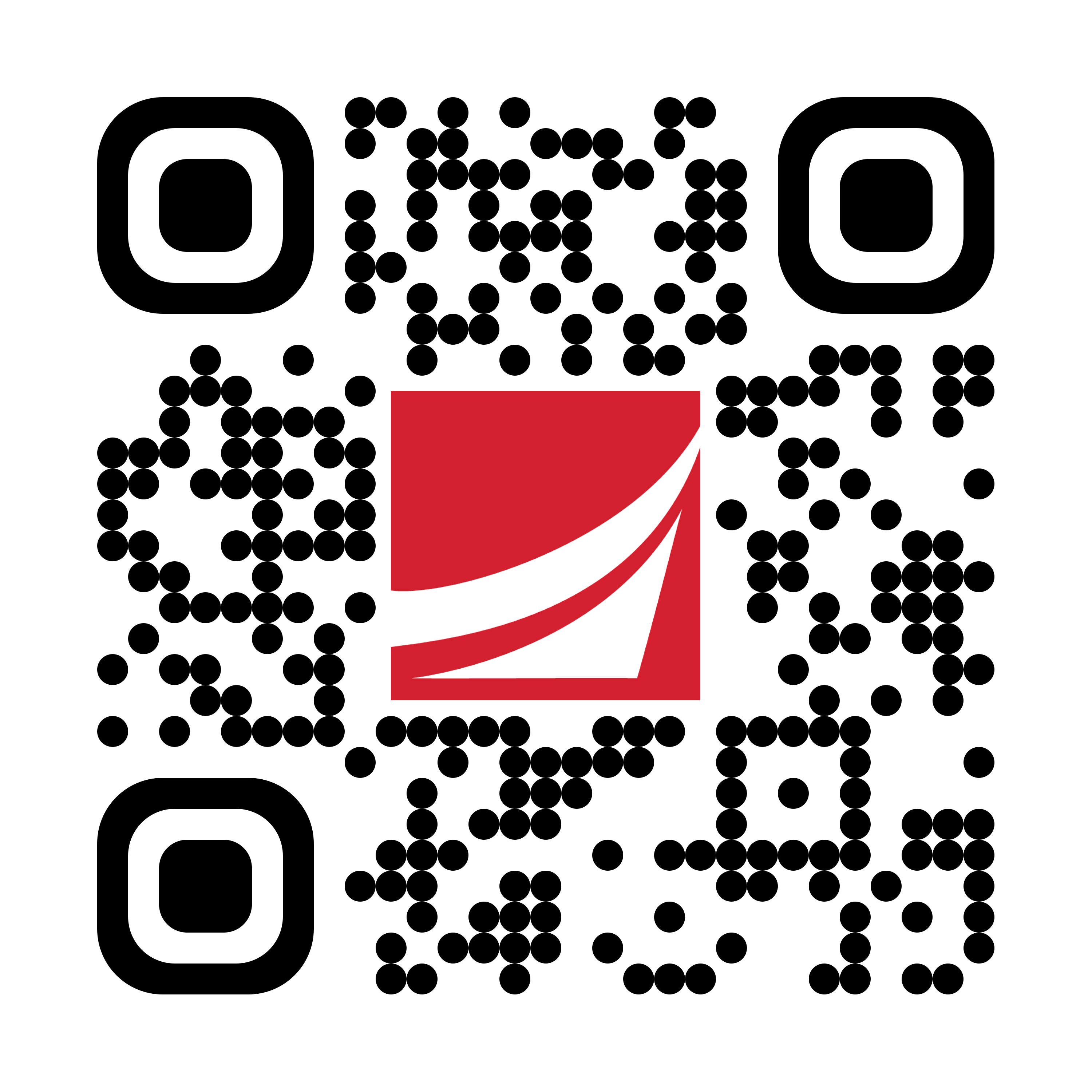
Banking from your phone?
Download our app
Welcome Back
You can access your accounts here.

Banking from your phone?
Scan the code to download our app.

featured
2024-03-04
Security
published
Guarding Your Money: Practical Steps to Prevent Scams

-
The first week of March is National Consumer Protection Week (NCPW), a timely reminder to prioritize securing your finances. As our lives become increasingly intertwined with technology, it becomes crucial to understand the fundamentals of cybersecurity. At Armed Forces Bank, we hold the protection of your sensitive information in the highest regard. We even have special perks in different checking accounts designed to keep your important information where it should be, out of reach for scammers. You can also fight fraud by knowing how to stop a scam and protect your finances. Here’s how:
How can I prevent getting scammed?
In today’s digital world, scammers continuously evolve their tactics to catch people with their guard down. From phishing emails to fake phone calls and text messages, fraudsters can be convincing, and they often impersonate legitimate financial institutions to solicit sensitive information or gain unauthorized access to people’s accounts. So, what can you do to prevent falling for scams? There are several proactive measures that can help you decipher if the communication is legitimate or fake.
1. Don’t click, type:
If you receive a suspicious message, do NOT click on anything. Scam emails and text messages often include deceptive links. If you happen to click on anything within that message, you could unknowingly download a computer virus or malware. Instead of clicking, type the web address into your browser. If the link brings you to the legitimate website for a company you recognize, bookmark it. Another smart way to test the link is to hover your curser over the link. Once again, do not click the link. When you hover, a URL should appear, showing where it will take you. If you don’t recognize the web address, it’s probably a scam.
2. See past the logo:
Don’t automatically trust a message based on a recognizable logo. Scammers often replicate branding to create fake emails or websites. Pay attention to urgent messaging pushing for immediate action, like “verifying account details to prevent account suspension.” When in doubt, contact your bank directly to confirm if the message is legitimate.
3. Don’t fill out forms in emails:
If possible, make it a habit to never fill out a form within an email. While forms may seem innocent enough, sometimes that’s how scammers get the most data from you. The data may be sent to the company that you’re intending, but it can also make a few detours in places that steal information to hack your financial accounts. Instead, call or visit the company’s website cited in the email.
4. Make sure your software is up to date:
Another best practice for preventing scams is making sure your phone and web browsers are running on the latest versions. Software companies release security updates for their products on an ongoing basis. Organizations like the National Cybersecurity Alliance are a great resource if you want to know more about keeping up with the latest security updates for your devises.
Does your bank have your back?
At Armed Forces Bank, security is one of our top priorities, and we stand guard to protect your hard-earned money. In fact, accounts like Access Rewards Checking* have safeguards in place to help combat scams:
-Identity theft reimbursement coverage (See Insurance Disclosure)
-Comprehensive identity theft resolution services
-Credit file monitoring
-Credit report and score
-Identity monitoring
-Dark web monitoring
We get it, mistakes happen even to the most vigilant people. If you fall victim to a scam, notify your bank immediately. They will guide you through the steps you need to protect your funds.
Learn more about smart cybersecurity practices in the Education section of our website (under “banking Safely and Securely”) or learn about other types of phishing attempts like phone call scams in our previous blog.
Member FDIC
*Opening deposit required. Monthly service charge applies. Closing new accounts within 90 days of opening will result in a $20 closure fee.
✝Insurance Disclosure: Insurance products are NOT insured by FDIC or any Federal Government Agency: NOT a deposit of or guaranteed by the bank or any affiliate. Coverage is provided through the company named in the Guide to Benefit or on the certificate of insurance.